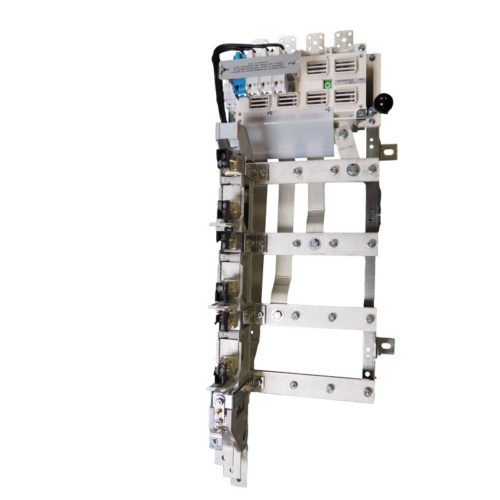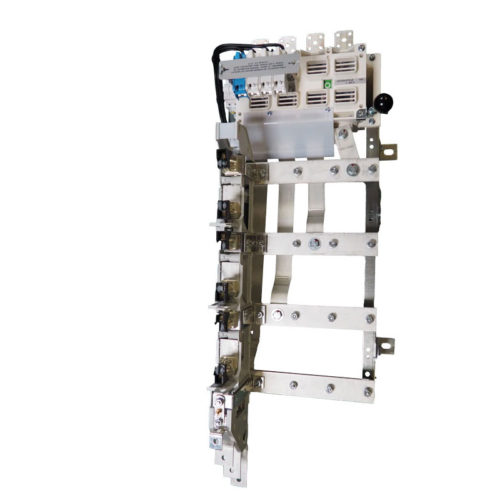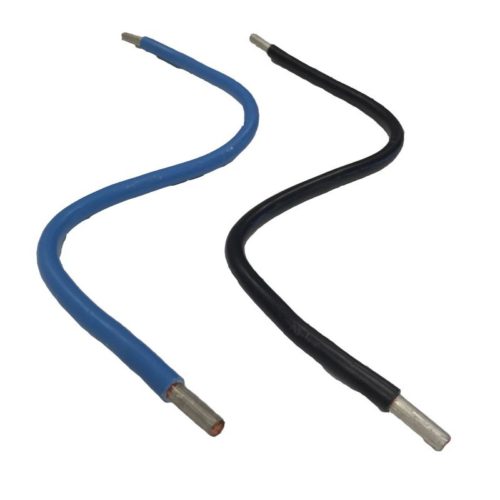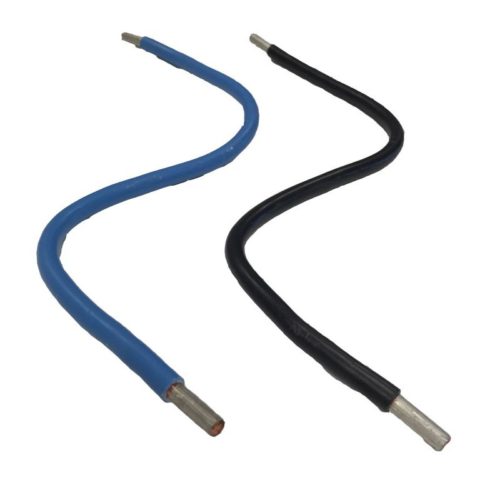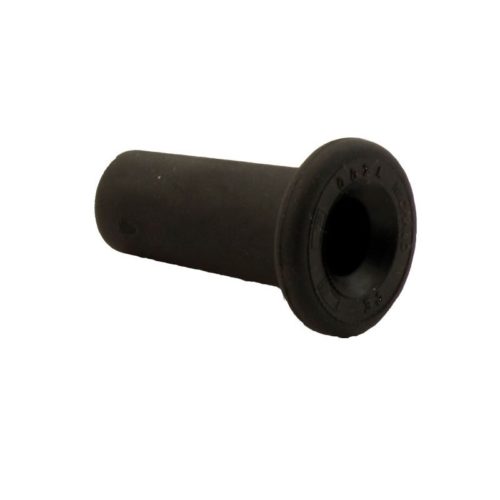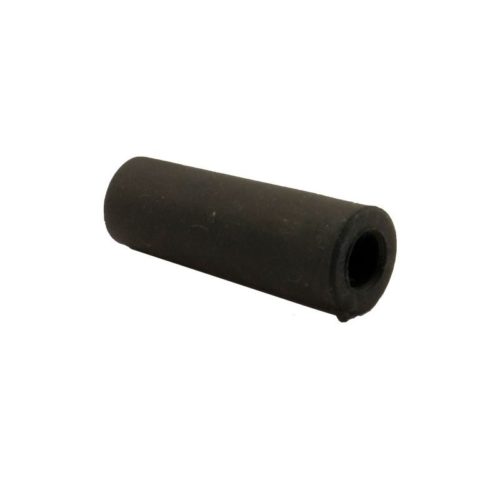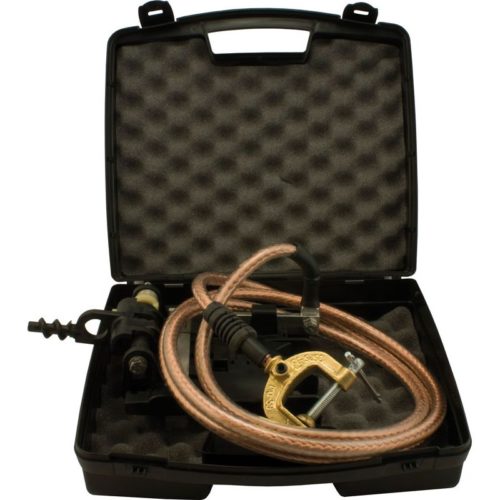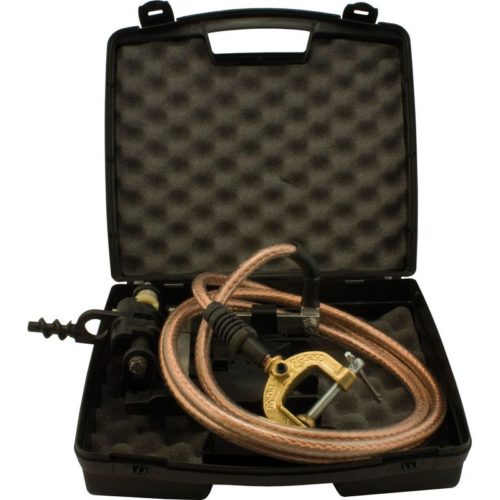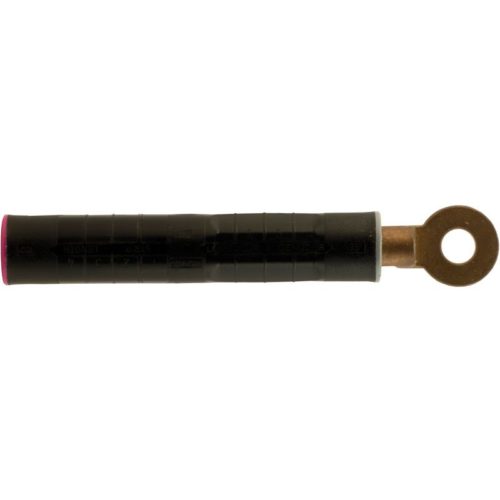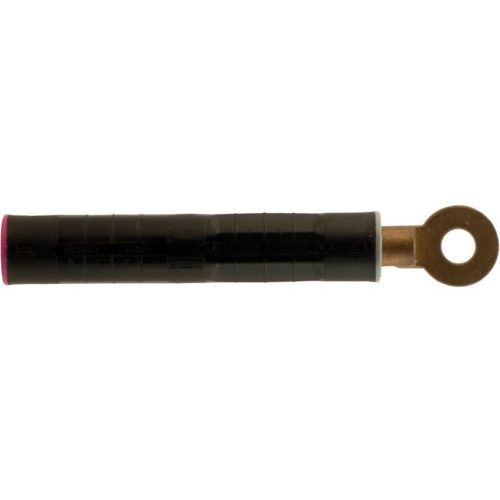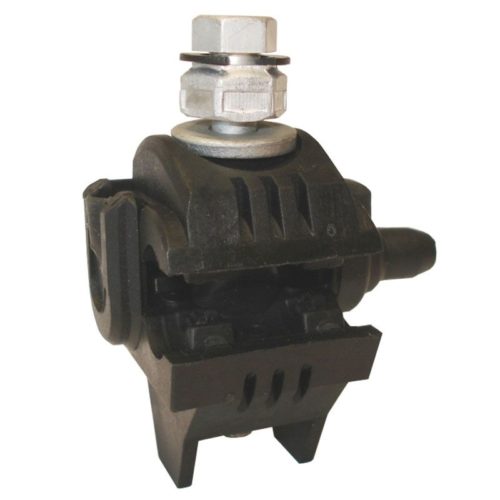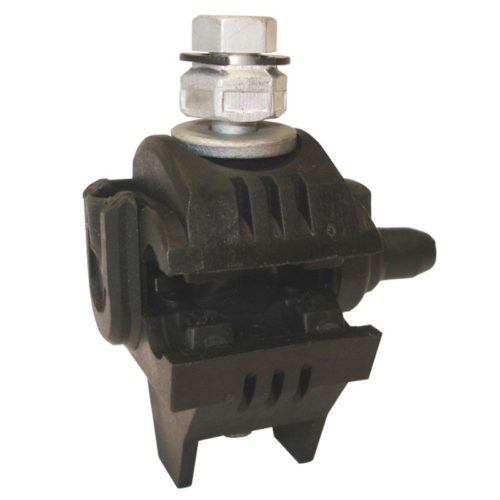-
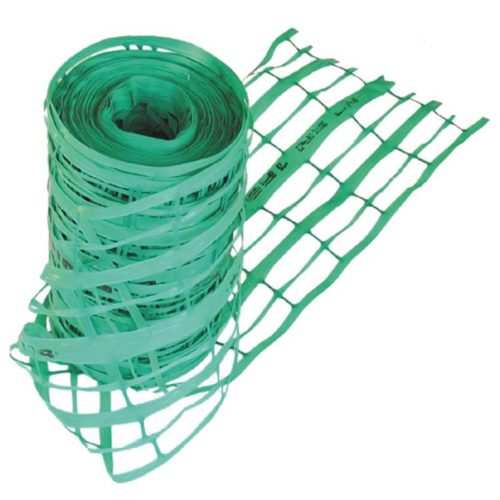
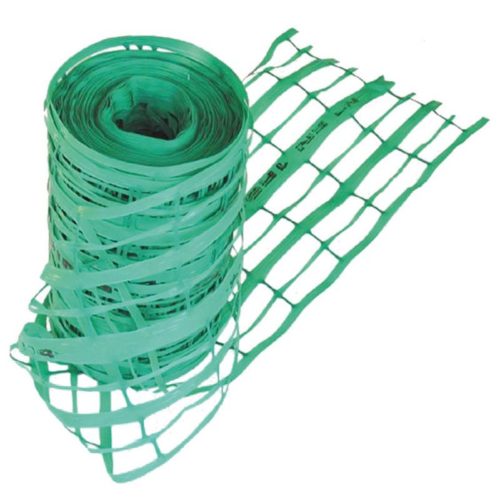 The protection plate roll (PPR) is designed to protect underground networks from extraction (pipes and/ or cables). It can be used for underground network under low load, engineering structure crossing, or in area of high density network. The warning netting is designed to indicate the presence of low voltage power line cables buried in the ground.
The protection plate roll (PPR) is designed to protect underground networks from extraction (pipes and/ or cables). It can be used for underground network under low load, engineering structure crossing, or in area of high density network. The warning netting is designed to indicate the presence of low voltage power line cables buried in the ground. -
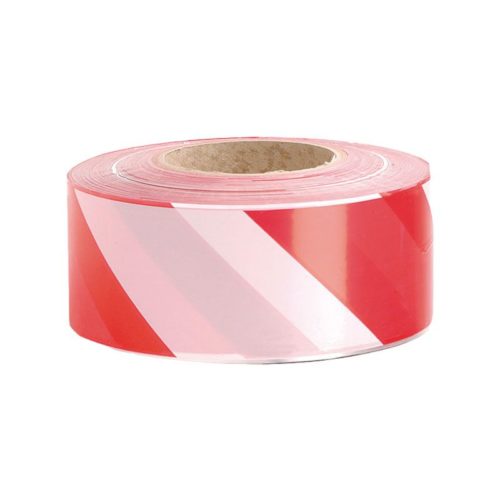
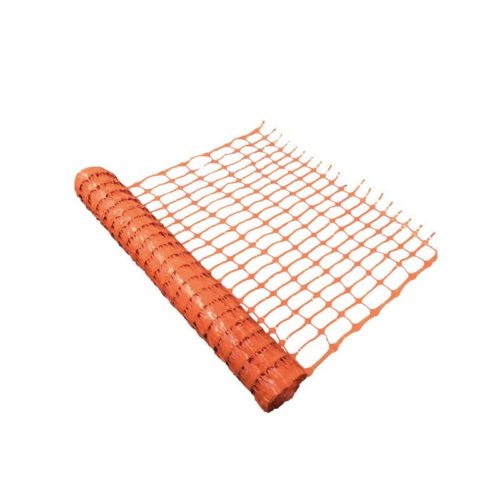 The warning tape enables to secure and delimit a work area on a construction site. The safety barrier enables to secure and delimit a work area on a construction site. The netting is made of stretch mesh and offers a high tensile strength allowing extension without any risk of deformation or tearing.
The warning tape enables to secure and delimit a work area on a construction site. The safety barrier enables to secure and delimit a work area on a construction site. The netting is made of stretch mesh and offers a high tensile strength allowing extension without any risk of deformation or tearing. -
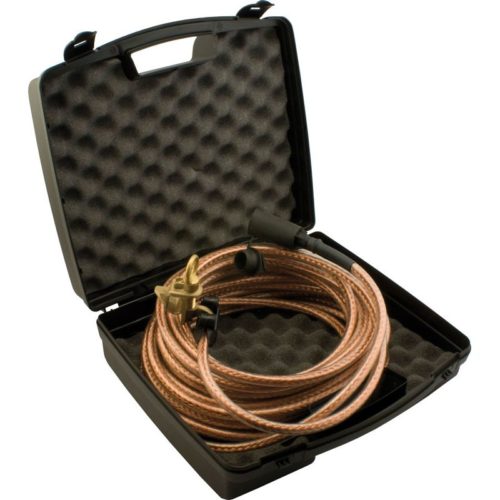
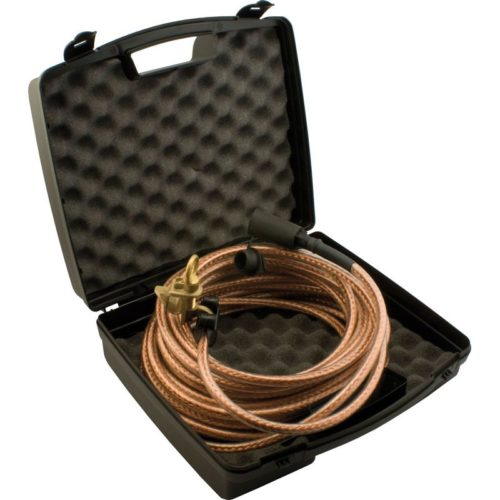 This device is designed for shortcircuiting and earthing the low voltage A.B.C. (Aerial Bundled Conductors). It is connected to a connector for measures and short-circuiting (type CMCC). This equipment is used for earth system a low voltage A.B.C. (Aerial Bundled Conductor). It is connected on shortcircuiting device linked to CMCC connectors (for measures and shortcircuiting).
This device is designed for shortcircuiting and earthing the low voltage A.B.C. (Aerial Bundled Conductors). It is connected to a connector for measures and short-circuiting (type CMCC). This equipment is used for earth system a low voltage A.B.C. (Aerial Bundled Conductor). It is connected on shortcircuiting device linked to CMCC connectors (for measures and shortcircuiting). -
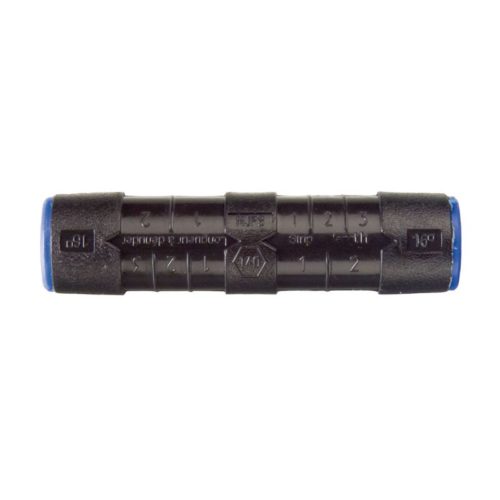
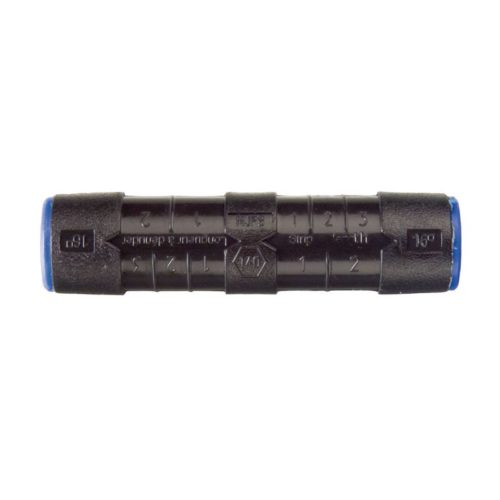 This preinsulated sleeve is designed for the connection of copper or aluminium stranded core overhead insulated conductors with traction or with no mechanical load. It is used for the installation, repair or modification of low voltage service lines. The junction can be established between two conductors of equal or unequal sections. All combinations of sections are possible. The section of the cables ranges goes from 6 up to 35mm².
This preinsulated sleeve is designed for the connection of copper or aluminium stranded core overhead insulated conductors with traction or with no mechanical load. It is used for the installation, repair or modification of low voltage service lines. The junction can be established between two conductors of equal or unequal sections. All combinations of sections are possible. The section of the cables ranges goes from 6 up to 35mm². -
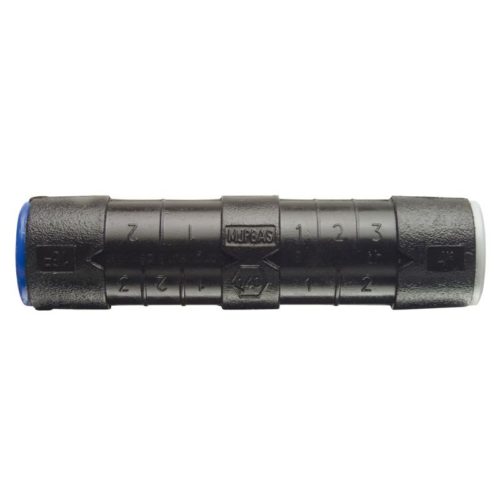
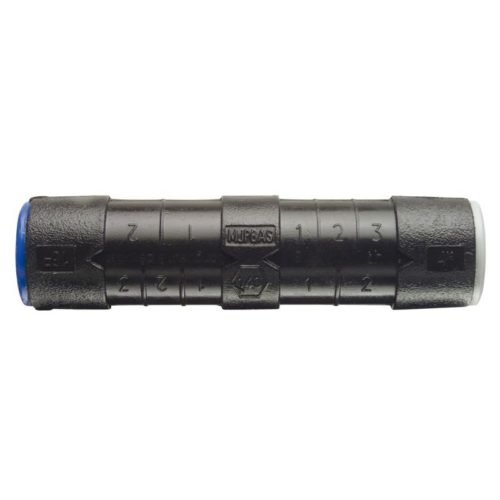 This preinsulated sleeve is designed for the connection of stranded core aerial service cables (aluminium or copper) to aluminium solid core sub-surface service cables. It is also used to connect aluminium solid core service cables to one another. Cable sections up to 25mm² can be connected on the stranded core side and up to 35mm² on the solid core side.
This preinsulated sleeve is designed for the connection of stranded core aerial service cables (aluminium or copper) to aluminium solid core sub-surface service cables. It is also used to connect aluminium solid core service cables to one another. Cable sections up to 25mm² can be connected on the stranded core side and up to 35mm² on the solid core side. -
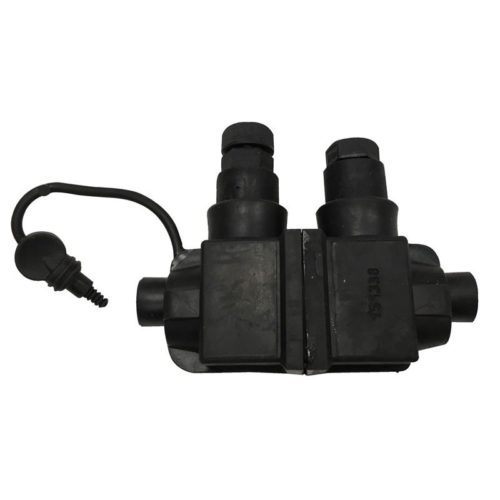
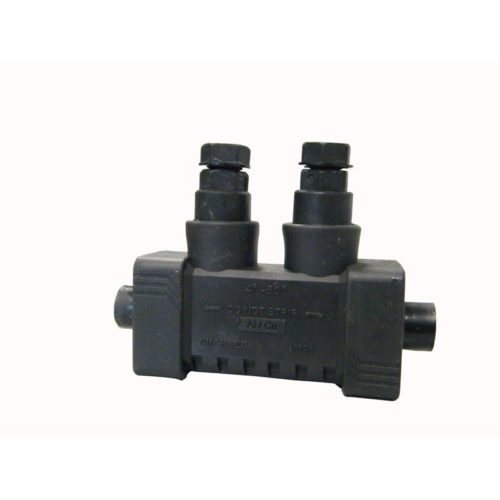 The service cable dismountable sleeve is designed to establish the connection between the aerial service cable to the customer cable with Al or Cu conductors. This sleeve is used in no mechanical load situation. The box is installed on the façade of the customer building. It includes service cable dismountable sleeves to connect the aerial service cable to the customer premise.
The service cable dismountable sleeve is designed to establish the connection between the aerial service cable to the customer cable with Al or Cu conductors. This sleeve is used in no mechanical load situation. The box is installed on the façade of the customer building. It includes service cable dismountable sleeves to connect the aerial service cable to the customer premise. -
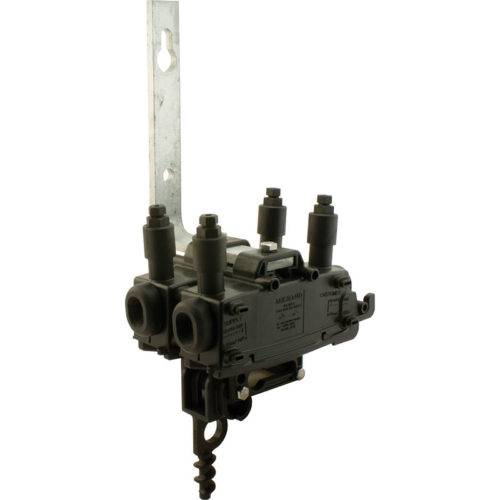
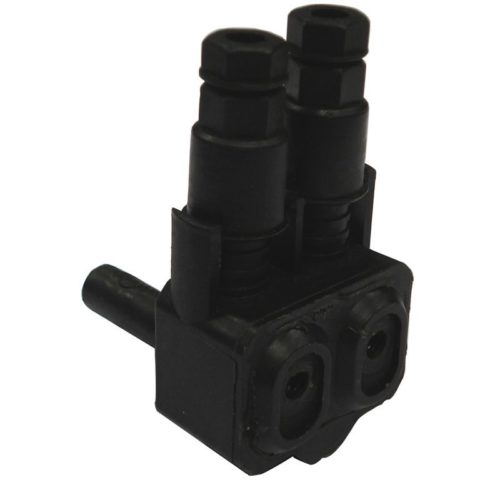 This Gang Fuse Switch Disconnector (Gang FSD) is a multi-phase device. It is installed at the top of a pole or on façade. It protects the overhead connection supplying one or several multi-phase customers or the low voltage circuit of a pole mounted transformer. It is designed to receive 160A fuse cartridges or 240A solid connecting links, size 00 (according to the IEC 269-2.1 standard).
This Gang Fuse Switch Disconnector (Gang FSD) is a multi-phase device. It is installed at the top of a pole or on façade. It protects the overhead connection supplying one or several multi-phase customers or the low voltage circuit of a pole mounted transformer. It is designed to receive 160A fuse cartridges or 240A solid connecting links, size 00 (according to the IEC 269-2.1 standard). -
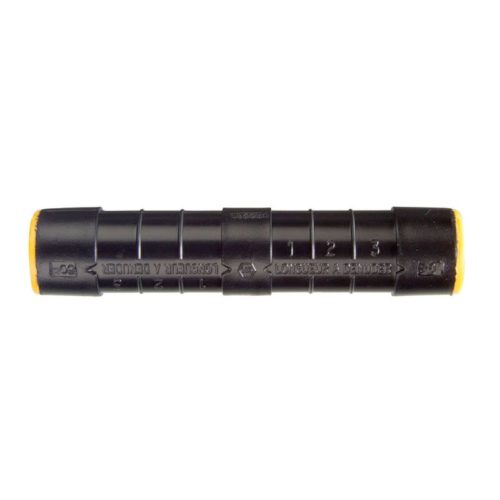
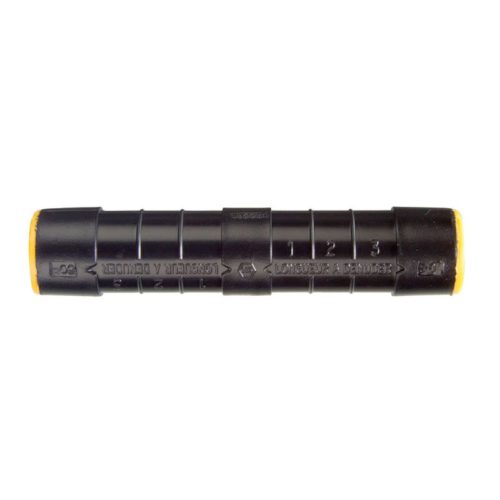 This preinsulated sleeve is designed for the connection of insulated conductors of a low voltage overhead network to other ones. The junction can be established between two conductors of equal or unequal sections. All combinations of sections are possible. The section of the cables ranges from 16mm² to 95mm². The neutral conductor is dimensioned to withstand tensile strength greater than 1 600daN for the 54mm² section and greater than 2 000daN for the 70mm² section.
This preinsulated sleeve is designed for the connection of insulated conductors of a low voltage overhead network to other ones. The junction can be established between two conductors of equal or unequal sections. All combinations of sections are possible. The section of the cables ranges from 16mm² to 95mm². The neutral conductor is dimensioned to withstand tensile strength greater than 1 600daN for the 54mm² section and greater than 2 000daN for the 70mm² section. -
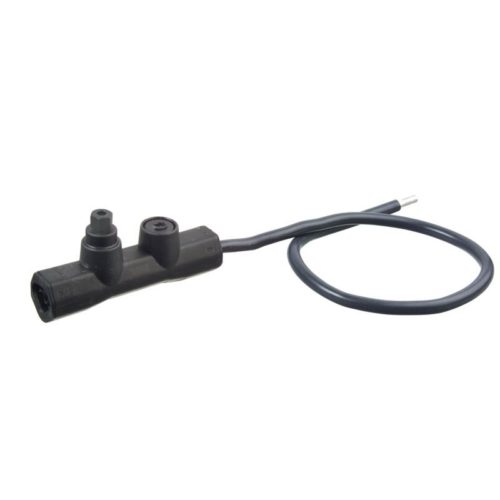
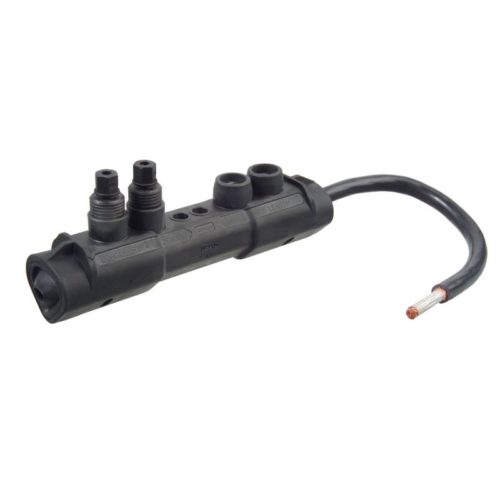 This end connector is used for connecting a conductor with a given section into a terminal with a smaller one. It is usually used for industrial supplies and long-line supplies. The fraud-preventing service connection is used for connecting a service conductor to an equipment terminal. Four models are available with black tail for Phase connection (K129 and K131) or blue for Neutral connection (K130 and K132). This solution is used to secure the outdoor connection to equipment terminals.
This end connector is used for connecting a conductor with a given section into a terminal with a smaller one. It is usually used for industrial supplies and long-line supplies. The fraud-preventing service connection is used for connecting a service conductor to an equipment terminal. Four models are available with black tail for Phase connection (K129 and K131) or blue for Neutral connection (K130 and K132). This solution is used to secure the outdoor connection to equipment terminals. -
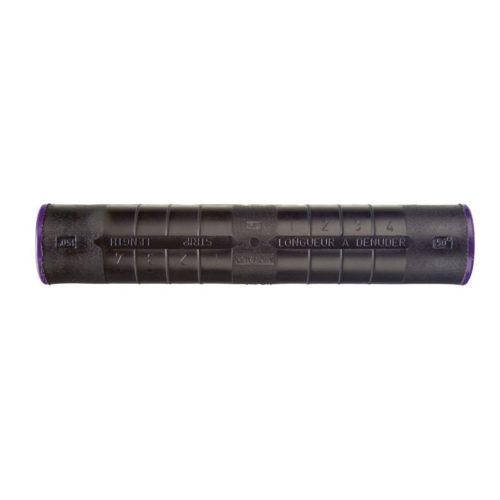
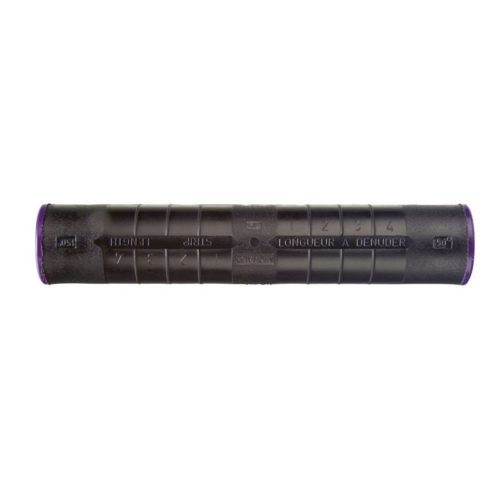 This preinsulated sleeve is designed for the connection of low voltage overhead insulated conductors to other ones. The junction can be established between two conductors of equal or unequal sections. All combinations of sections are possible. The section of the cables ranges from 95mm² to 150mm². The neutral conductor is dimensioned to withstand tensile strength greater than 1 530daN for the 95mm² and greater than 2 500daN for the 150mm² section.
This preinsulated sleeve is designed for the connection of low voltage overhead insulated conductors to other ones. The junction can be established between two conductors of equal or unequal sections. All combinations of sections are possible. The section of the cables ranges from 95mm² to 150mm². The neutral conductor is dimensioned to withstand tensile strength greater than 1 530daN for the 95mm² and greater than 2 500daN for the 150mm² section. -
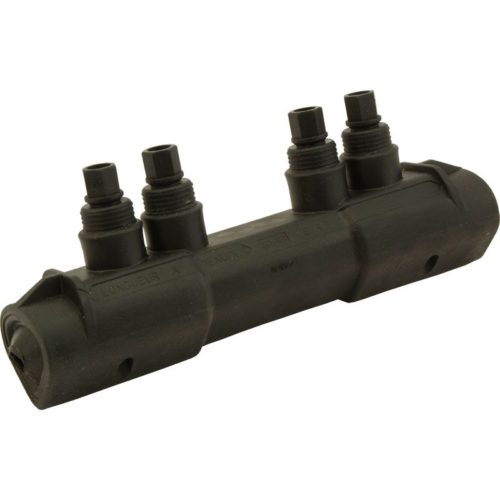
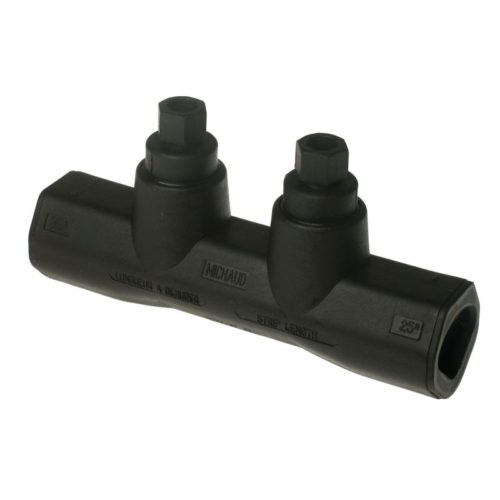 This sleeve is designed to connect aluminium or copper conductors. It does not need the sectoral cores to be rounded before. It is implemented using a 13 or 17mm spanner. The electrical capacity is respectively 240mm² aluminium conductors (K191, K192), 150mm² aluminium or copper conductors (K193) and 95mm² aluminium or copper conductors (K189).
This sleeve is designed to connect aluminium or copper conductors. It does not need the sectoral cores to be rounded before. It is implemented using a 13 or 17mm spanner. The electrical capacity is respectively 240mm² aluminium conductors (K191, K192), 150mm² aluminium or copper conductors (K193) and 95mm² aluminium or copper conductors (K189). -
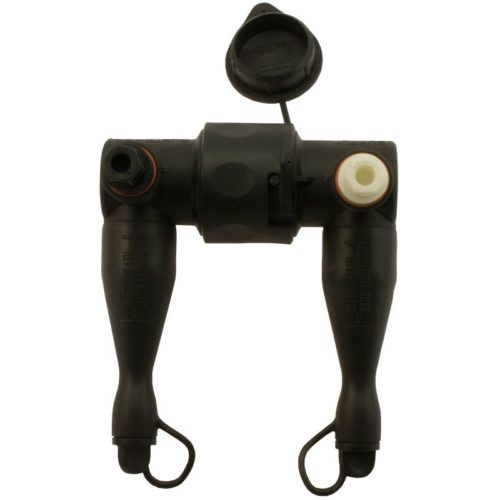
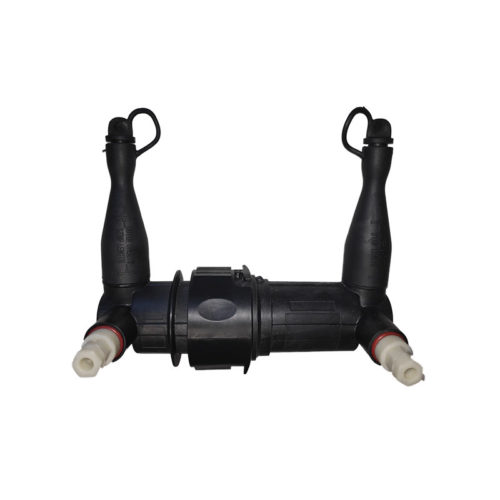 This Fuse Insulation Piercing Pit Connector (IPPC) is designed to receive a neutral tube, a mini-switch or a 100A maximum, size 22x58 fuse cartridge. It is used to connect a customer service line to an underground conductor. It is installed in a pit and can operate partially and temporary immersed in water. It is equipped with mechanical tightening terminals allowing its installation on a conductor using a simple spanner.
This Fuse Insulation Piercing Pit Connector (IPPC) is designed to receive a neutral tube, a mini-switch or a 100A maximum, size 22x58 fuse cartridge. It is used to connect a customer service line to an underground conductor. It is installed in a pit and can operate partially and temporary immersed in water. It is equipped with mechanical tightening terminals allowing its installation on a conductor using a simple spanner. -
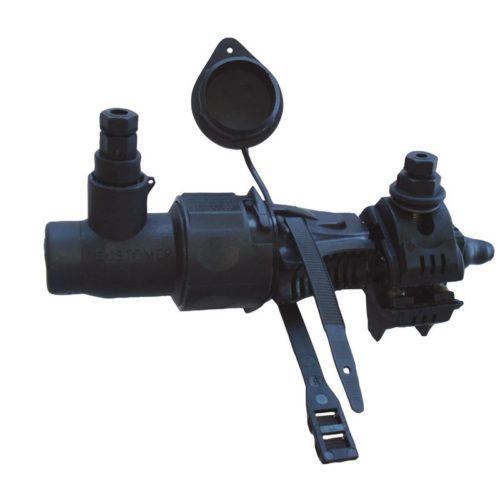 This fuse switch connector is designed to receive a 22x58mm fuse cartridge or neutral tube. It is used to protect the insulated service conductors connected to a low voltage A.B.C. (Aerial Bundled Conductors). It is used in no mechanical load situations. Opening and closing of the cutout can be performed under a load of 63A maximum.
This fuse switch connector is designed to receive a 22x58mm fuse cartridge or neutral tube. It is used to protect the insulated service conductors connected to a low voltage A.B.C. (Aerial Bundled Conductors). It is used in no mechanical load situations. Opening and closing of the cutout can be performed under a load of 63A maximum. -
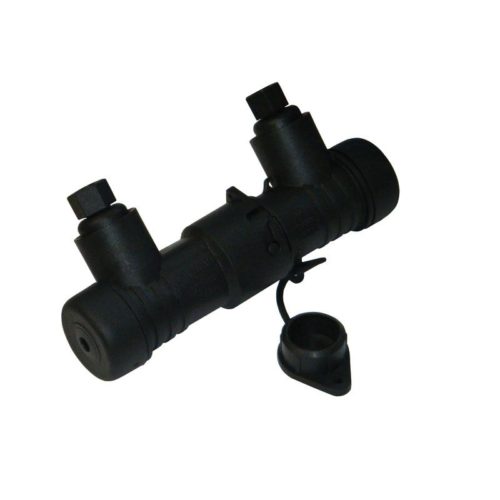
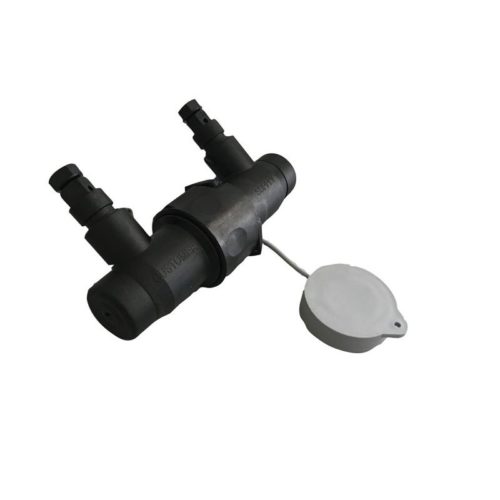 This cutout sleeve is designed to receive a 22x58 fuse cartridge, a neutral tube or a mini-switch. It is used in no mechanical load situations. It is equipped with mechanical tightening terminals allowing its installation using a simple spanner. Opening and closing of the cutout can be performed under a load of 63A maximum.
This cutout sleeve is designed to receive a 22x58 fuse cartridge, a neutral tube or a mini-switch. It is used in no mechanical load situations. It is equipped with mechanical tightening terminals allowing its installation using a simple spanner. Opening and closing of the cutout can be performed under a load of 63A maximum. -
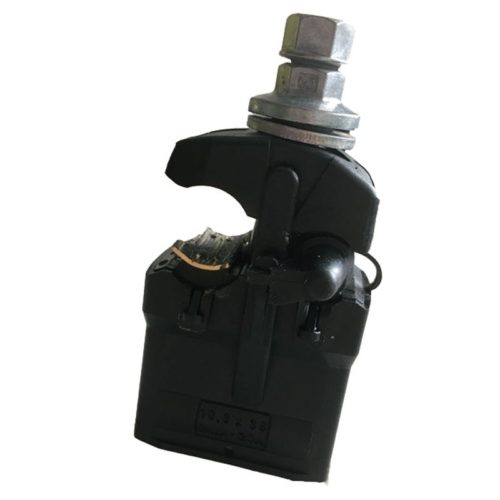
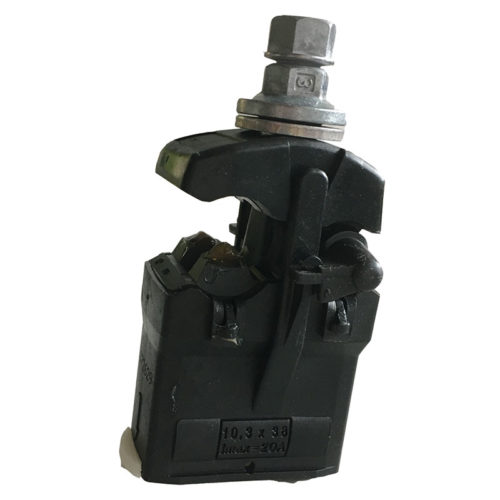 This fuse switch connector is designed to receive a 10.3x38mm fuse cartridge or neutral tube. It is used to protect street light or insulated service conductors connected to the low voltage A.B.C. (Aerial Bundled Conductors) or bare line conductors. It is designed for 20A maximum fuse cartridge. It is used in no mechanical load situations.
This fuse switch connector is designed to receive a 10.3x38mm fuse cartridge or neutral tube. It is used to protect street light or insulated service conductors connected to the low voltage A.B.C. (Aerial Bundled Conductors) or bare line conductors. It is designed for 20A maximum fuse cartridge. It is used in no mechanical load situations. -
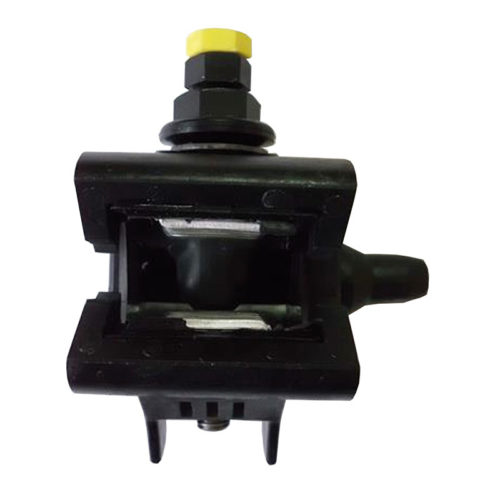
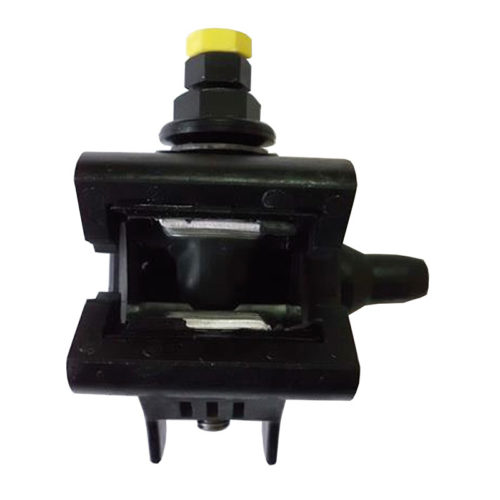 This connector designed to connect the insulated service conductors to the low voltage overhead aluminium alloy or copper bare conductor network. Two versions are available according to the type of conductor to be connected (Al or Cu). The tap and main cables are connected separately step by step to improve the electrical connection: 1. First the tap line is connected by piercing the insulation, 2. Then the main line is connected. Installation can be carried out under a maximum load of 100A.
This connector designed to connect the insulated service conductors to the low voltage overhead aluminium alloy or copper bare conductor network. Two versions are available according to the type of conductor to be connected (Al or Cu). The tap and main cables are connected separately step by step to improve the electrical connection: 1. First the tap line is connected by piercing the insulation, 2. Then the main line is connected. Installation can be carried out under a maximum load of 100A. -
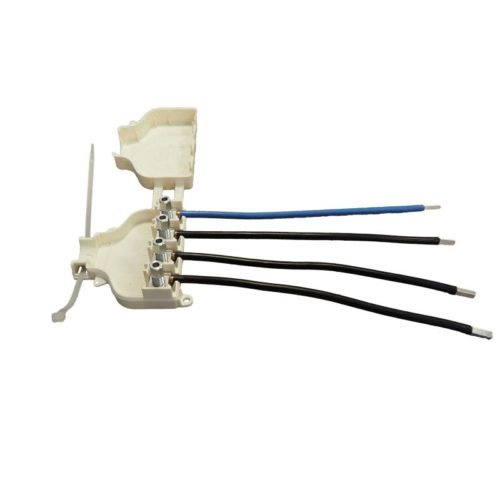
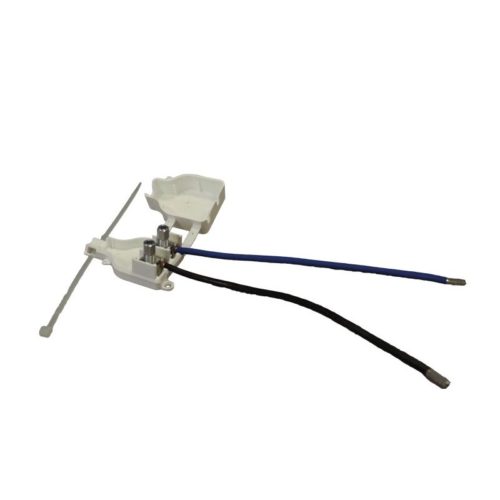 The concentric insulated service cable is used for the connection between the low-voltage network and the premise. It is designed to limit fraud and thus to reduce non-technical losses thanks to a peripheral neutral cable. Any unauthorised connection to this cable will create a short-circuit and will automatically cut off electricity supply. It is stretched overhead to a maximum range of 40m. The accessories enable to realise the fulfilment of the single phase or three phase concentric cable before performing a connection at the top of a pole or inside the cabinet. The kits ensure the insulation and the sealing of the anti-fraud conductor. The end connectors receive the fulfilment of the concentric cable and enable the leading-in cables connection to electrical equipment terminals. The tool for stripping is used to strip the cable in order to reconstitute and isolate the neutral for connection.
The concentric insulated service cable is used for the connection between the low-voltage network and the premise. It is designed to limit fraud and thus to reduce non-technical losses thanks to a peripheral neutral cable. Any unauthorised connection to this cable will create a short-circuit and will automatically cut off electricity supply. It is stretched overhead to a maximum range of 40m. The accessories enable to realise the fulfilment of the single phase or three phase concentric cable before performing a connection at the top of a pole or inside the cabinet. The kits ensure the insulation and the sealing of the anti-fraud conductor. The end connectors receive the fulfilment of the concentric cable and enable the leading-in cables connection to electrical equipment terminals. The tool for stripping is used to strip the cable in order to reconstitute and isolate the neutral for connection. -
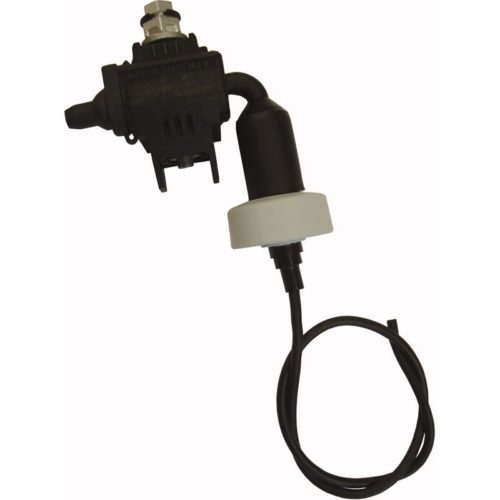
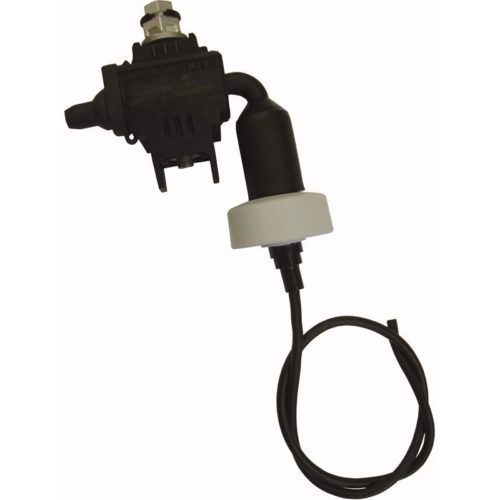 The surge protection device connector (SPD IPC) is designed to protect low voltage overhead lines and electric equipment against over-voltages. It enables the current from the lightning to be led to the ground. The surge protection device connector includes the following elements: - An insulation piercing connector, - A terminal outlet inserted in the end cap of the connector, - A surge protection device (metal oxide overmoulded with silicone) screwed into the terminal outlet, - An earth system tail welded to the surge protection device. The surge protection device reacts: - After a certain number of overvoltages, when the current passing through the surge protection device increases by more than 1mA, - In the case of atmospheric discharge (lightning strike), the current exceeding 65mA. After the surge protection device has performed, the earth system tail physically separates from the connector. The surge protection device then should be replaced with an available spare part (comprising the surge protection device and the earth system tail).
The surge protection device connector (SPD IPC) is designed to protect low voltage overhead lines and electric equipment against over-voltages. It enables the current from the lightning to be led to the ground. The surge protection device connector includes the following elements: - An insulation piercing connector, - A terminal outlet inserted in the end cap of the connector, - A surge protection device (metal oxide overmoulded with silicone) screwed into the terminal outlet, - An earth system tail welded to the surge protection device. The surge protection device reacts: - After a certain number of overvoltages, when the current passing through the surge protection device increases by more than 1mA, - In the case of atmospheric discharge (lightning strike), the current exceeding 65mA. After the surge protection device has performed, the earth system tail physically separates from the connector. The surge protection device then should be replaced with an available spare part (comprising the surge protection device and the earth system tail).
